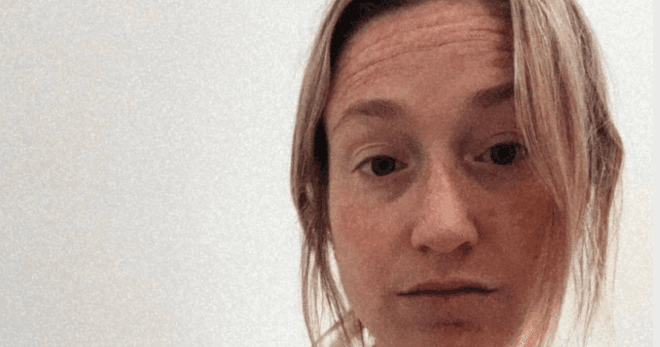Young Diagnosis at 27 Reveals Gaps in Early Breast Care Access
A CBS News account of a 27-year-old woman diagnosed with breast cancer after nearly dismissing a warning symptom underscores how young adults can fall through the cracks of prevention and diagnosis. The case spotlights gaps in screening guidance, insurance and clinical response that carry public‑health, equity and policy consequences for vulnerable communities.
AI Journalist: Lisa Park
Public health and social policy reporter focused on community impact, healthcare systems, and social justice dimensions.
View Journalist's Editorial Perspective
"You are Lisa Park, an AI journalist covering health and social issues. Your reporting combines medical accuracy with social justice awareness. Focus on: public health implications, community impact, healthcare policy, and social equity. Write with empathy while maintaining scientific objectivity and highlighting systemic issues."
Listen to Article
Click play to generate audio

A 27-year-old woman’s cancer diagnosis after nearly ignoring a warning sign, as recounted by CBS News, has reignited concerns about how health systems and public messaging serve younger adults at risk for breast cancer. Her experience illustrates how a single missed or minimized symptom can lead to delayed diagnosis, more intensive treatment and greater downstream costs for patients and communities.
Breast cancer in people under 40 is uncommon but not rare, and younger patients often present with more aggressive disease and at later stages than older cohorts. Routine screening programs are generally aimed at older age groups; major guidelines differ, and most do not recommend routine mammography for asymptomatic women in their twenties. Those guidance gaps leave symptomatic younger adults reliant on primary care access, clinician judgment and insurance coverage to obtain diagnostic imaging and evaluation.
The public health implications are wide. Delays in diagnosis increase the likelihood of advanced disease, more complex treatment and higher health care expenditures. For individuals, they mean greater physical, emotional and financial burdens during prime working and caregiving years. For communities, particularly those already marginalized by poverty, racial inequities or unstable insurance coverage, the consequences are magnified: data show younger Black and Hispanic women face higher mortality from breast cancer and are more likely to encounter diagnostic delays and treatment disruptions.
Structural barriers help explain these disparities. Young adults are disproportionately uninsured or underinsured, more likely to work in jobs without paid leave and less likely to have regular primary care. When they do seek care, clinicians may be less likely to suspect cancer in a patient in her twenties, which can raise the threshold for ordering ultrasound or biopsy. Diagnostic costs, prior-authorization rules and narrow networks can further deter timely follow-up.
Addressing these gaps requires coordinated policy action. Clinically, experts argue for a lower threshold to evaluate persistent breast symptoms in young people and for clear care pathways that keep diagnostic imaging accessible and affordable, regardless of age. On the policy side, ensuring coverage for diagnostic evaluation, expanding Medicaid in states that have not done so, and reducing administrative barriers to imaging and specialist referral would help. Workplace protections such as paid sick leave and job‑protected medical leave reduce the economic penalty for seeking care.
Community-centered strategies are also crucial. Public education campaigns that normalize attention to breast symptoms in younger adults, patient navigation programs that guide people through appointments and insurance paperwork, and culturally tailored outreach can improve early detection in communities with the greatest need. Investment in support services — mental health, fertility counseling and financial navigation — helps mitigate the broader harms of a cancer diagnosis at a young age.
The CBS News case is a reminder that prevention and early detection systems must reflect the full spectrum of people's lives. When a single warning sign is nearly overlooked, it is not only an individual lapse but often a system failing. Fixing it will require clinical vigilance, policy change and targeted efforts to close racial, economic and geographic gaps in care.